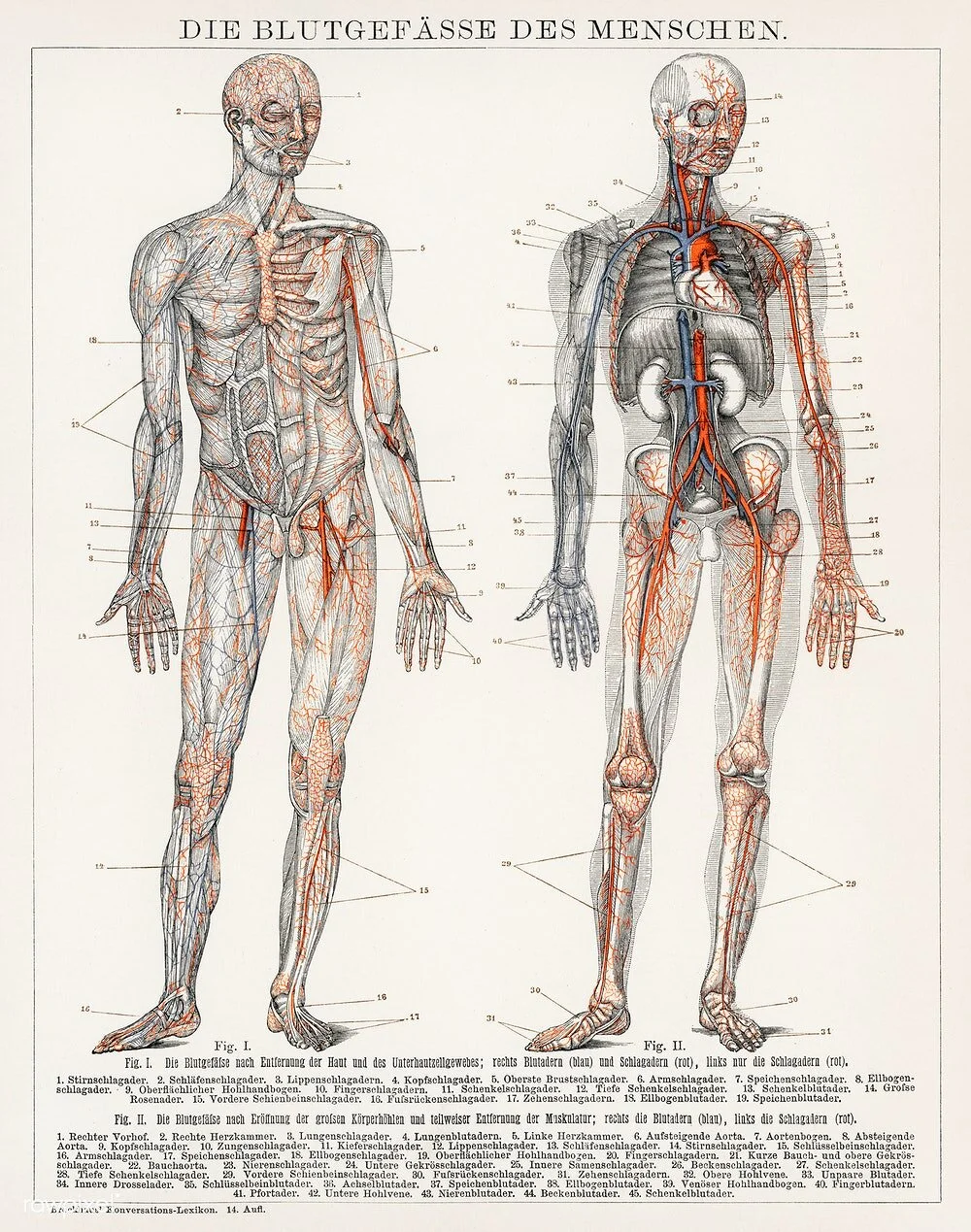The Great Setup Search for Violinist and Violists: Part 2, Body Reading
For me, the most important starting point for finding a good setup is knowing the baseline body position before making any changes. Setup can look different person to person, but step one is understanding the bony landmarks which relate to where the instrument is resting. In the video, I walk through some of these anatomy landmarks in standing so you can get a sense of some typical patterns and how they might manifest.
We are first interested in the lower body position of the person- how are the feet oriented? Are they parallel, turned out, or staggered? Is weight evenly distributed? Asymmetrical foot stance or weight can affect the whole body position, which may present as one shoulder being higher than the other in holding an instrument. Then notice the pelvis- is it level left to right? Is one side higher up than the other? Is there a rotation happening, meaning that one hip is further forward? If looking from the side, you may also be able to tell if the pelvis is tucked under or overly arched, which will also affect things in the upper body.
With this older image, we can see some asymmetrical stance in action, with a slight turn out, his left hip higher than his right, which affects his whole standing position.
Then take a look at their spine position: is their spine rounded forward, are they rotated, side bending, or overly arched in their chest? Spine position will impact how the shoulders rest on the rib cage. When looking at someone head on, are their collarbones level side to side or is one higher than the other? When looking at someone from behind, find their shoulder blades (scapula): are their two shoulder blades relatively level? Is one shoulder blade further forward than the other or more elevated toward the ear than the other? With the head and neck, is the head tucking down towards the instrument or lifting up? Is the head and neck rotated or side bending to the left?
Asymmetries left to right are not abnormal, nor do they necessarily need to be “fixed” by a setup. They are something to observe, take note of, and see how different chin rests, should rests, or instruments affect things. Some people will have slight asymmetries of their spine, or their shoulders may have adapted asymmetrically, and that’s totally ok. Setup should not be seen as an all encompassing bandaid to a larger host of issues, although it can certainly help with things.
If working with a student or colleague, the second step is connecting with how that person feels in their current setup. Can they feel what you are seeing in terms of the differences left to right side? Can they feel where their head, clavicles, and scapulae are in space? Is there’s a mirror present, perhaps they can also see the differences between left and right side. An important thing to reiterate is that you don’t need to “fix” posture, nor is there anything wrong with being asymmetrical. This step is just seeing where the body is at for a baseline position before making any changes. Part 3 of this series will be looking at what to do with all of this information~ how to integrate it with sound, technique, and what the student (or yourself) feels.


